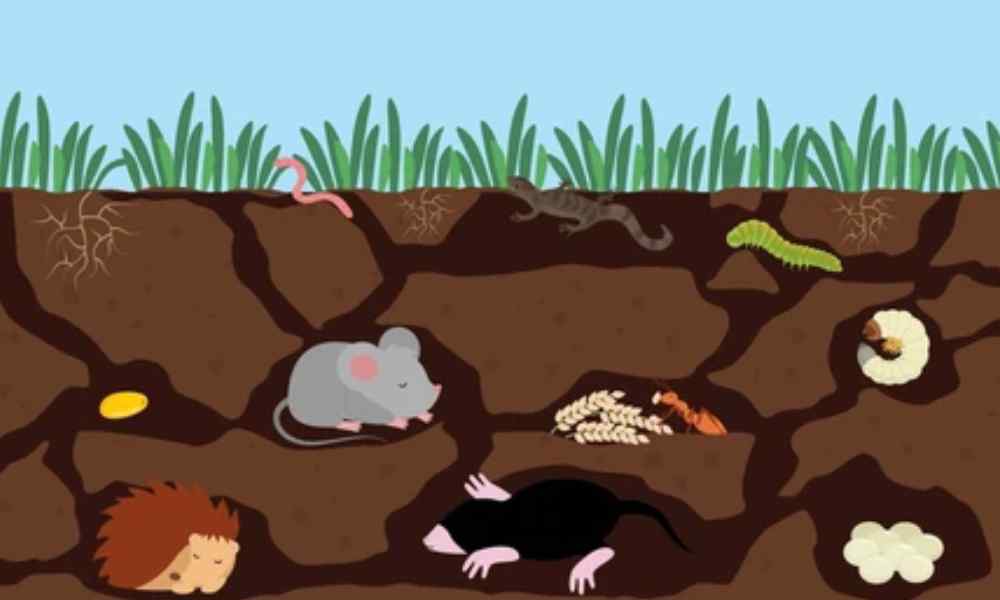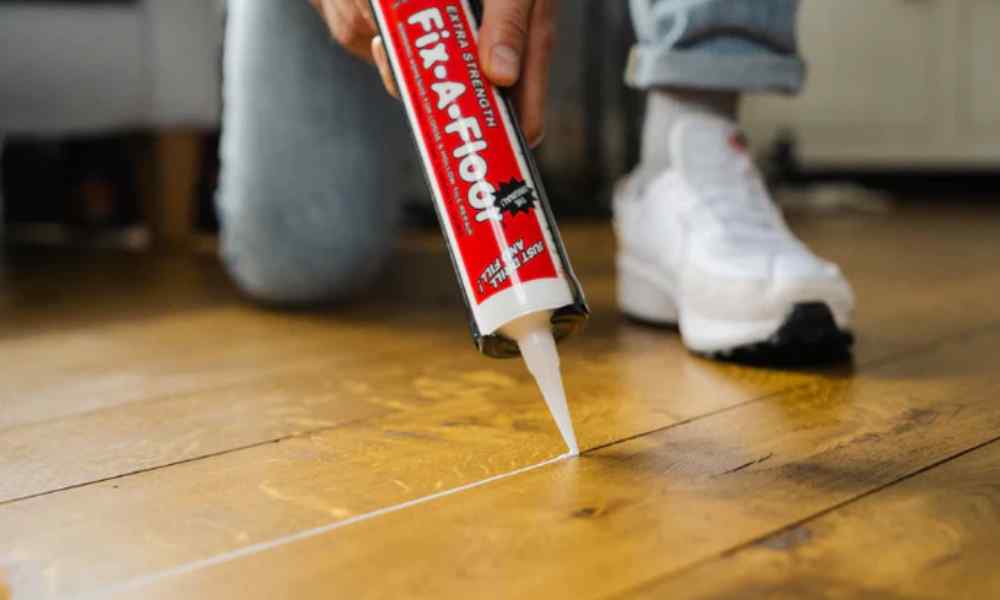Have you ever waltzed across your kitchen floor, and see your floor tiles pop up? Or perhaps you’ve noticed a corner of a tile jutting upwards, like a miniature disgruntled citizen staging a one-tile protest? We’ve all encountered the pesky phenomenon of the popped tile. But what dark secret compels these once-obedient squares to rebel and disrupt our domestic routines? Buckle up, because we’re about to delve into the fascinating – and slightly bizarre – world of the Tiled Tango.
Reasons why floor tiles pop up
There are a few reasons behind the popping phenomenon. They are:
Installation Errors

Installation errors are the sneaky culprits behind floor tiles to pop up. Imagine a game of floor Tetris gone wrong. If the tile setter applied the adhesive haphazardly, it’s like using mismatched blocks – they won’t create a secure foundation. Uneven subflooring is like placing tiles on a bumpy surface; no matter how well you fit them together, they’ll eventually tilt and wobble. And forgetting about those crucial expansion joints? That’s like installing your tiles with their arms glued to their sides. As the temperature fluctuates throughout the year, the tiles will naturally want to expand and contract. Without wiggle room, this pent- up energy has nowhere to go, and – POP! – your seemingly perfect floor becomes a minefield of uneven terrain. If many of your floor tiles popped up, you can see how to remove the old tiles and how to install new tiles.
Moisture Matters

Moisture, the silent saboteur in the world of tiles. These seemingly solid squares have a hidden vulnerability – they’re like tiny sponges, eager to soak up any errant drops of water. Imagine a rogue spill left unaddressed, or a leaky pipe seeping unseen beneath the surface. As the moisture seeps in, the tiles begin to swell, just like a sponge expanding with water. This growth puts immense pressure on the adhesive beneath, straining its grip like an overstuffed backpack strap. If the moisture problem persists, the pressure eventually becomes too much, and – POP! – the tile breaks free, thrust upwards in a desperate bid for air. This is why proper ventilation and addressing any water leaks before tiling are crucial. Otherwise, your beautiful floor could turn into a watery battleground where tiles fight a losing war against the silent threat of moisture.
Temperature Fluctuations

Picture your floor tiles as a troupe of finicky dancers, thriving on consistency. Introduce wild temperature swings, however, and things get dramatic. These seemingly stable squares actually expand and contract ever so slightly with temperature changes, like a microscopic ballet. But if the adhesive holding them down is weak, or there’s a lack of wiggle room (expansion joints), it’s like forcing them to perform in leg warmers a size too small. As the temperature rises, the tiles try to expand. The tight adhesive and lack of space create a stressful situation. This pressure builds, and eventually, one stressed-out tile decides it’s had enough. With a defiant POP!, it breaks free, erupting from the floor like a tiny thermal protester demanding more space for its ever-so-slightly-shifting form.
Subterranean Shifts

Imagine your floor tiles as a peaceful community thriving on stability. But beneath them lies a hidden world – the subterranean shifts. These slow, often unnoticed movements of the earth can disrupt their tranquility. Just like a town experiencing a tremor, factors like settling foundations or expansive soil can cause the subfloor (the hidden layer beneath the tiles) to buckle or shift slightly. This, in turn, disrupts the tiles’ perfect alignment, creating pressure like a domino effect. Unable to handle the constant stress and uneven support, a brave (or perhaps desperate) tile decides it’s had enough. With a defiant – POP! – it breaks free, rising above its comrades in a silent protest against the unseen forces of the subterranean world.
Under Tile Troublemakers

Our quest for popped tile culprits takes us undercover. Here, lurk potential villains – the tiles themselves! Imagine a seemingly perfect team, ready for floor duty. But some might be imposters, crafted from weak materials or riddled with flaws. These hidden cracks, like a ticking time bomb, weaken their structure. Think of them as a team member with a hidden illness – they might hold on for a while, but eventually succumb to pressure. The culprit could also be the cement screed, the hidden foundation. If mixed incorrectly, it becomes a shaky base, causing the tiles above to feel the tremors. These weakened elements wait for their moment. Under everyday use or stress, with a defiant – POP! – the disguise is shattered, sending the unsuspecting tile on a one-way trip upwards, revealing the under-tile troublemaker beneath.
Taming the Popping Tiles

So, your once-harmonious floor has erupted in a Tiled Tango? Fear not, fellow floor-dwellers! Here are some steps to silence the pops and restore peace.
- DIY Fixes: For minor pops, you might be able to channel your inner tile tamer. Remove the loose tile, replace the adhesive beneath, and re-install it with proper technique. However, this is a tango best left to professionals for more extensive uprisings.
- Professional Help: A qualified contractor can diagnose the root cause of the popping, whether it’s weak adhesive, moisture issues, or even foundation problems. They can then recommend the most effective solution, from re-adhering tiles to addressing underlying structural concerns.
- Prevention is Key: The best way to avoid the Tiled Tango altogether is with proper installation. Hire a skilled tile setter, ensure proper subfloor preparation, and use high-quality materials, including the right adhesive and those crucial expansion joints. Additionally, address any moisture problems before tiling and maintain a consistent temperature in your home whenever possible.
By taking these steps, you can create a floor that’s not only beautiful but also a peaceful haven for both you and your tiles. No more unexpected pops, just smooth sailing or should we say, tiling? for years to come.
